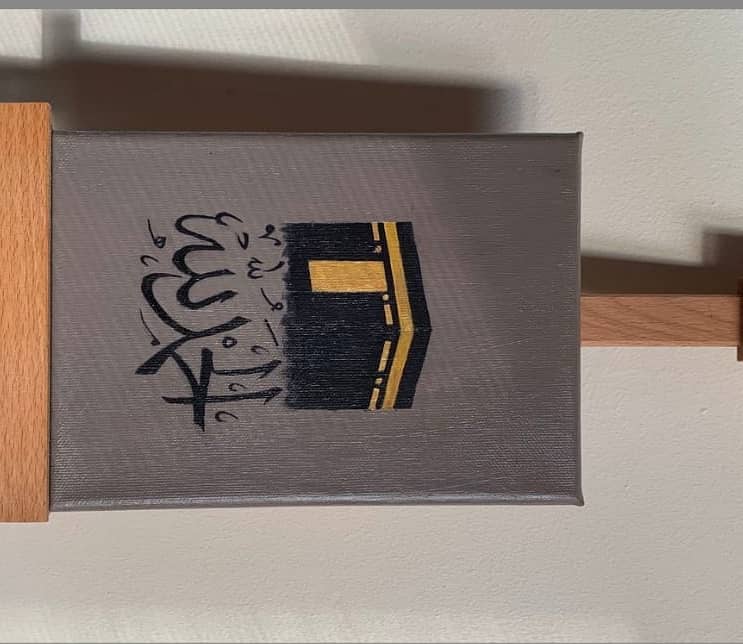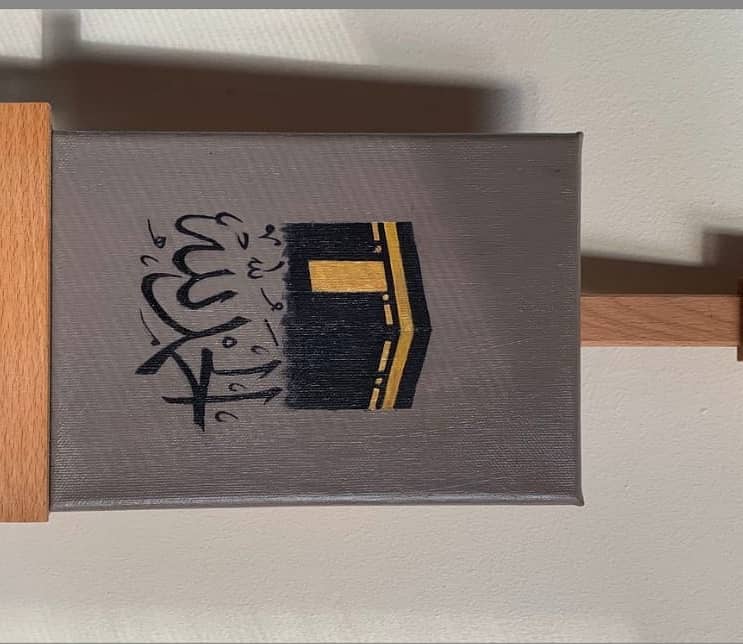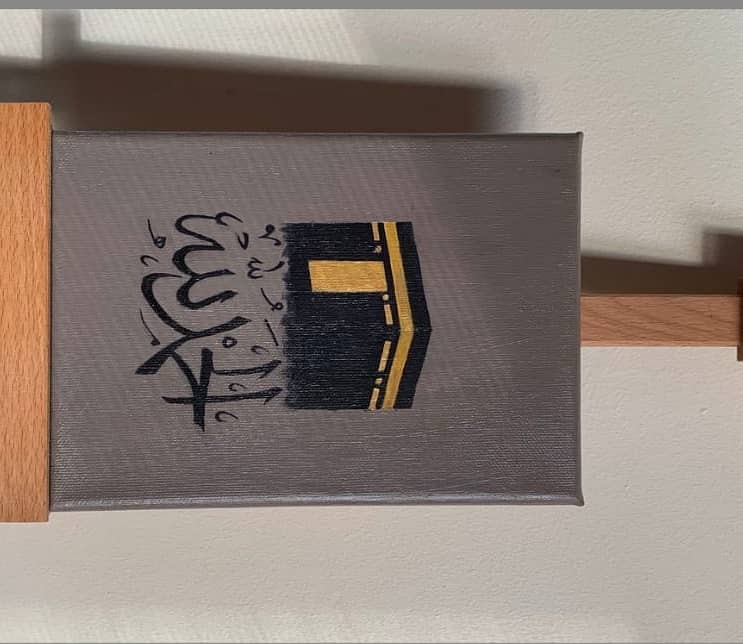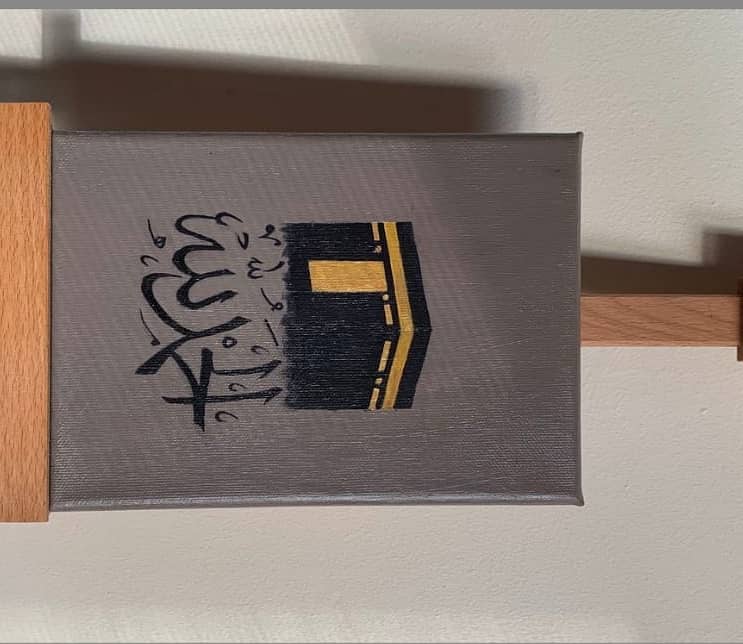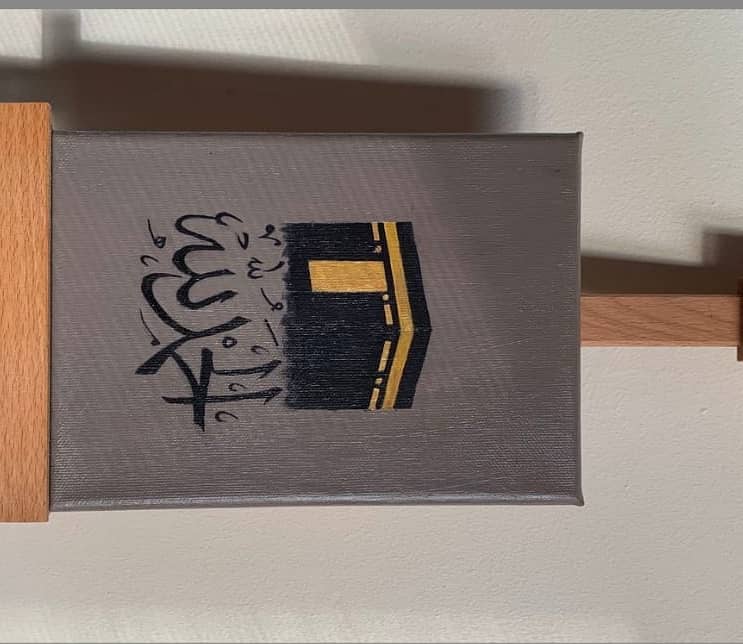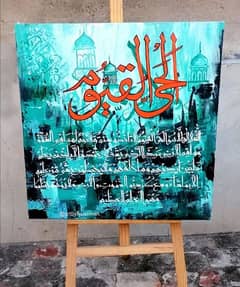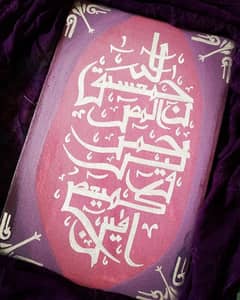1 / 6
Details
ConditionNew
TypeCalligraphy
Description
Islamic calligraphy is a revered art form that intertwines beauty, spirituality, and culture. Originating in the early centuries of Islam, it serves as a means of conveying sacred texts, particularly the Quran, with elegance and reverence.
This art form emphasizes the beauty of Arabic script, utilizing various styles such as Naskh, Thuluth, and Diwani. Each style carries its own aesthetic qualities and historical significance, reflecting the region and period in which it developed.
Islamic calligraphy is not merely decorative; it embodies the spiritual essence of the words it represents. The meticulous attention to detail and the fluidity of lines create a visual harmony that invites contemplation. Calligraphers often employ a combination of geometry and patterns, enhancing the artwork's spiritual impact.
Beyond religious texts, Islamic calligraphy has found its place in architecture, manuscripts, and everyday objects, making it a vital part of Islamic heritage. It bridges the gap between art and spirituality, inviting viewers to appreciate the divine beauty encapsulated in the written word.
Related ads
Listed by private user
Hadia Sohail
Member since Oct 2024
See profile
Location
Pakistan
Ad id 1094523737
Report this ad
